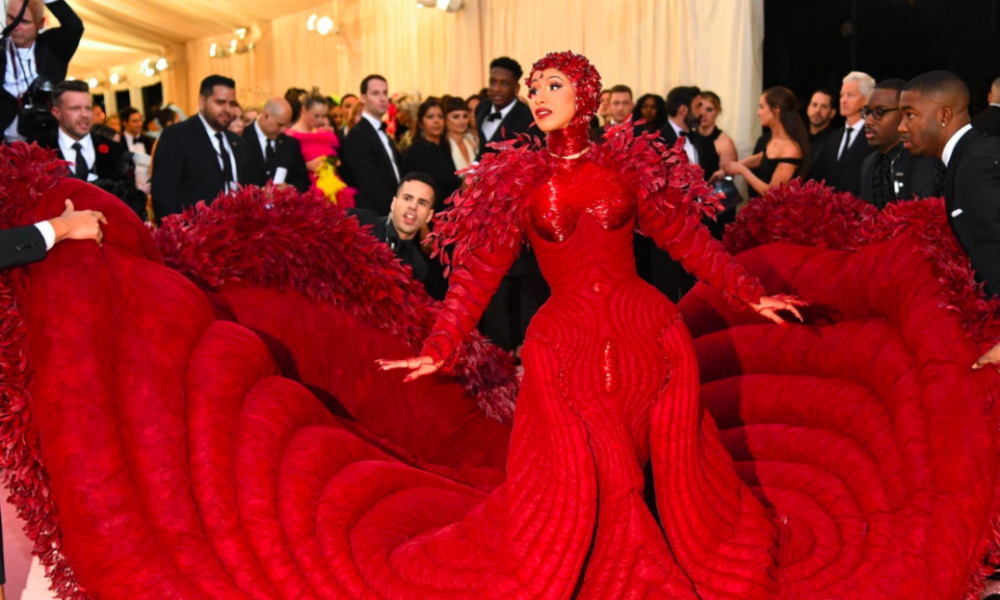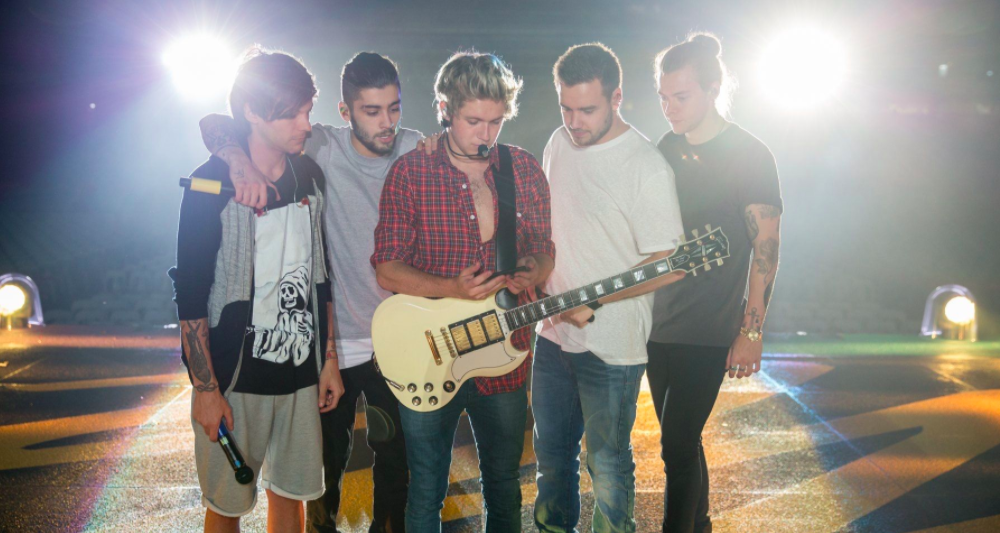Following the outbreak of COVID-19, many music festivals and concerts had to be shut down due to government orders for social distancing, quarantining and self-isolation.
However, in the electronic dance music (EDM) scene, the music doesn’t stop, and the beat still drops as artists bring the party online. YouTube’s Proximity channel and event curators Brownies & Lemonade collaborated to host Digital Mirage, an online music festival to raise money for Sweet Relief Musicians Fund, a charity that gives financial assistance to musicians and those in the music industry struggling due to the COVID-19 outbreak and subsequent unemployment.
Digital Mirage featured 51 artists over a span of three days, April 3-5, and raised over $300,000. Some featured artists included Gryffin, 3LAU, 4B, Dab The Sky (Said the Sky B2B Dabin), Flosstradamus, Jason Ross, Kaskade and Seven Lions.
“[Online festivals] provide a unique experience for people to see artists perform that they may not have seen before or had wanted to see for a while,” Noah Odierna, a Binghamton University graduate who has been producing music for more than six years and hopes to make it in the music industry, said. “Not only that, they’re free.”
Ultra Music Festival in Miami was originally set for March 20-22, but had to be postponed for March 26-28, 2021, a whole year later due to the uncertainty around the pandemic. Another festival, Las Vegas’ Electric Daisy Carnival (EDC), set for May 15-17, was postponed to Oct. 2-4.
“Initially, it was pretty upsetting to see them being cancelled one by one, even more so when local events were starting to get cancelled as well,” Wilson Mach, an electrician and raver of five years, said. “But after considering the circumstances that we’re in right now and the ongoing impact of COVID-19, my feelings of disappointment were replaced with acceptance and understanding.”
However, oncologist Ezekiel J. Emanuel told the New York Times Magazine that large gatherings like these festivals and concerts will probably resume a lot later than the expected day EDC is set to happen. “I have no idea how they think that’s a plausible possibility,” he said. “I think those things will be the last to return.” Emanuel estimates a date in fall 2021 at the earliest.
“I [feel] super sad, just because [EDM is] a large part of my life and I tend to hang out with my friends at festivals and raves,” Lydia Hongamata, a senior health science student at Stony Brook University, said. “[At least I’m] keeping up with the online raves and [festivals] because they’re honestly the only thing keeping me from going insane.”
A typical quarantine livestream displays the DJ and their home setups, either prerecorded or live. Gryffin had a beautiful setup where his background overlooked a beach and the water in California. Louis the Child streamed on what looked like a patio overseeing the backyard foliage and trees. Their table had an intentional mismatch of things like a red lava lamp, a Purell dispenser bottle, Clorox wipes and a teddy bear. 4B streamed on Instagram Live and YouTube simultaneously. He asked for song suggestions and delivered on people’s requests. Seven Lions reused his livestream on Twitch for his Digital Mirage set.
In order for the music industry to make money, they need to show what racks up the most profit nowadays, due to the presence of music streaming services and decrease in record sales.
“The people who watch the streams now are the ones genuinely interested in the music and in supporting the artists,” Kayla Dang, an iHeartRaves influencer and lifestyle blogger, said. “Plus, donating is a much cheaper alternative than paying $100 to see your favorite artists perform — granted, you don’t get the full experience.”
The rave experience can be summed up as a club party where there are laser lights, strobe lights and fog machines to help with visibility for the light show. DJs or live music performers give shows for crowds of thousands to have a fun time.
“The environment of online music festivals is different,” James Lu, a certified CPA and CFA accountant from Toronto, Ontario, said. “It’s like listening to music [on your own] versus seeing an artist live.”
At festivals and raves, the music can be blasted from 110 decibels all the way to 140 decibels, if listening right next to a speaker. A normal conversation ranges from 40 to 60 decibels, according to MedlinePlus. Not only are these concerts loud, they also boast extensive laser light shows.
“[Online music festivals] is very different in the sense that there isn’t much around you,” Dang said. “No strobe lights, no light shows, no people with eyes behind their heads, no massages, no shoulder rides, no dressing up. Just [lying] in bed vibing to good music.” Dang is referring to rave culture and the use of recreational drugs when she mentions people with eyes behind their heads.
In today’s current quarantine climate, Lu and his friends have taken to Zoom, an online video conferencing platform, to listen to DJ sets. “You don’t get to meet new people as well,” Lu said.
Others have taken upon themselves to hosting their own online music festival. Jonathan Vu, a California-based photographer, and his friends decided to start their own with lesser-known artists. The festival was called Quarantine Wonderland.
“[My friends and I] were thinking about doing our own mini online music festival and after we saw all the big organizations doing it, we decided to do it ourselves,” Vu said. The festival was a success, according to Vu, and he plans to host another one. “Music is an amazing, maybe even essential, part of everyday life and no matter how limited we may be or feel, music will always be there.”
In EDM rave culture, the acronym PLUR stands for Peace Love Unity Respect. The rave community upholds this standard and philosophy and this lets people meet new people, share a moment of their lives together and have that memory etched in their minds forever, as cliché as that sounds. Kandi bracelet exchanges are common where people make colorful pony bead bracelets and trade with people they find to have good energy. This lifestyle transcends even over the internet through lively conversation in the chat boxes of livestreams.
“It’s actually really heartwarming to see. Music connects people and those tuning in recognize they are fortunate and privileged enough to experience it, and I guess that would inspire them to pay it forward in some way,” Biyanka Datta, an actuarial analyst and recent University of Waterloo graduate, said. “And even if online raves didn’t push everyone to donate, it at least brings happiness to people’s lives in these pressing times.”
Providing an outlet where fans of EDM can listen to their favorite DJs and donate to a good cause during the quarantine also helps the artist develop a good relationship with their fanbase.
“I think this pandemic has revealed how much we can do to uplift and support one another,” Vivian Lin, a Stony Brook University junior, said. “It’s interesting to see how people use their platforms to share positivity or appreciation for essential workers versus people who make uneducated hurtful comments.”




Comments are closed.